Working as an excavator operator, often exposed to mud and dirt, recently, a 36-year-old man from Thanh Hoa had a prolonged fever, accompanied by body aches and pains. He bought medicine and took it for 10 days but it did not improve.
He went to a medical facility near his home for examination and was prescribed outpatient medication, but his condition did not improve, he continued to have a high fever and difficulty breathing. The young man went to a provincial hospital for examination, and the doctor diagnosed him with infectious fever.
The patient was intubated, ventilated, and continuously filtered. Test results confirmed infection with the bacteria burkholderia pseudomallei, the causative agent of whitmore's disease (also known as flesh-eating bacteria). After 6 days of intensive treatment without improvement, he was transferred to the Central Hospital for Tropical Diseases in a state of septic shock, multiple organ failure, and sepsis.
Doctors at the central medical facility treated the patient with a combination of antibiotics, antifungals, and continuous blood filtration. However, after only a few days, he developed subcutaneous emphysema in the neck and chest area.
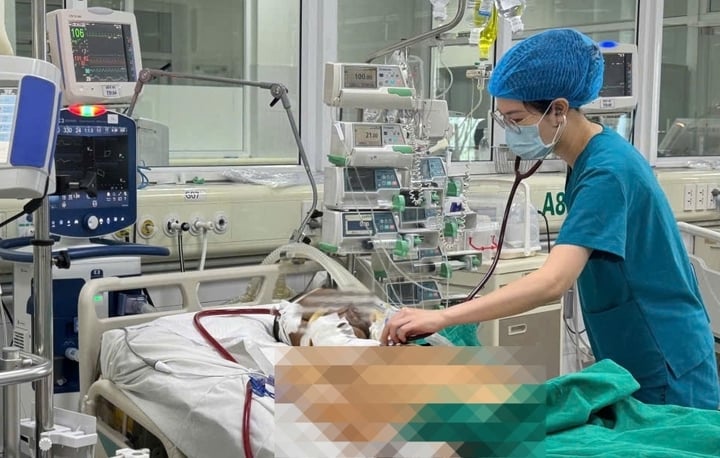
Medical staff take care of a patient infected with flesh-eating bacteria. (Photo: BVCC)
X-ray and CT scans revealed pleural and mediastinal air leaks, causing acute cardiac tamponade. He underwent mediastinal decompression surgery. However, the patient's respiratory and circulatory conditions did not improve, and he was placed on ECMO (an artificial heart-lung support system).
The patient was transferred to the intensive care unit in a state of continuous blood filtration. Bronchoscopy revealed a lot of pus and pseudomembranes covering the bronchial mucosa, a serious consequence of whitmore bacteria causing lung damage.
According to MSc. Dr. Le Thi Huyen, Department of Intensive Care, Central Hospital for Tropical Diseases, currently, the patient still has to use ECMO and continuous blood filtration. Circulatory function has improved when vasopressors are no longer needed, but lung function is still very weak, requiring active monitoring and support.
According to experts, the patient worked in an environment with direct contact with contaminated soil and water, combined with an underlying condition of uncontrolled diabetes, creating favorable conditions for bacteria to cause the disease. Whitmore is a dangerous disease that progresses silently, often in a subacute form with atypical symptoms. This makes it difficult for patients to recognize and access early treatment.
There is currently no vaccine to prevent Whitmore's disease. The main preventive measure is to avoid direct contact with contaminated soil and water sources, and not to bathe, swim, or dive in polluted ponds, lakes, or rivers.
People need to ensure personal hygiene, wash hands regularly with soap and clean water, especially before and after preparing food, before eating, after using the toilet, after working in the fields. When there are open wounds, ulcers or burns, avoid contact with soil or water that may be contaminated. If contact is unavoidable, use waterproof bandages and wash thoroughly to ensure hygiene.
Source: https://vtcnews.vn/nam-cong-nhan-lai-may-xuc-nhiem-vi-khuyen-an-thit-nguoi-ar908471.html



![[Photo] Closing of the 11th Conference of the 13th Central Committee of the Communist Party of Vietnam](https://vstatic.vietnam.vn/vietnam/resource/IMAGE/2025/4/12/114b57fe6e9b4814a5ddfacf6dfe5b7f)


![[Photo] Overcoming all difficulties, speeding up construction progress of Hoa Binh Hydropower Plant Expansion Project](https://vstatic.vietnam.vn/vietnam/resource/IMAGE/2025/4/12/bff04b551e98484c84d74c8faa3526e0)

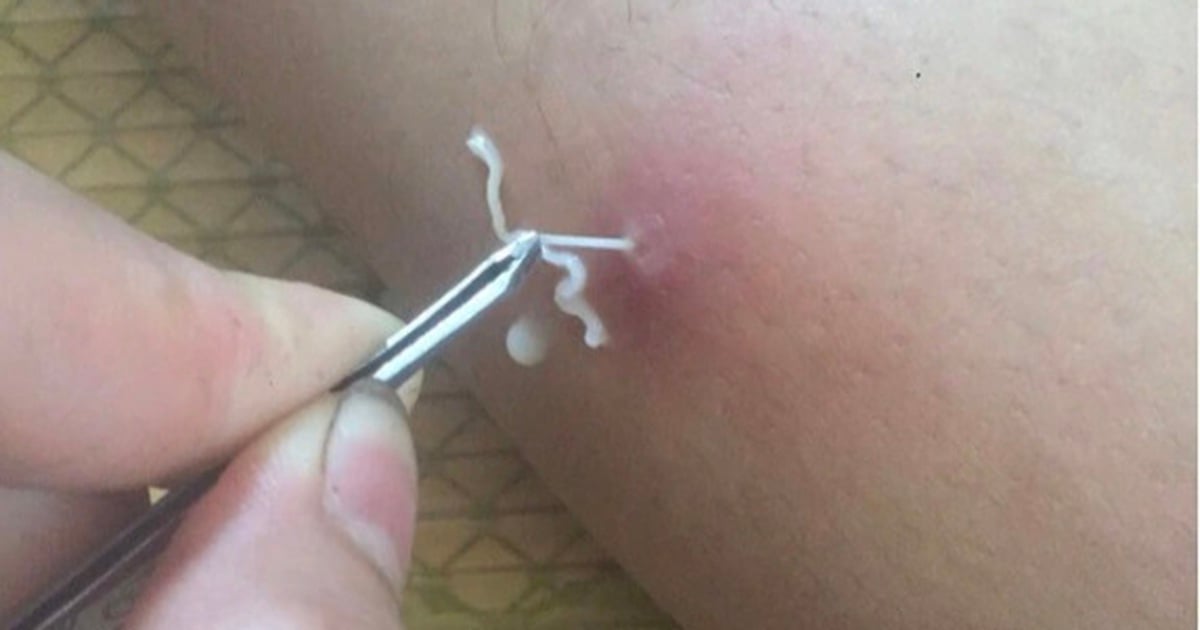



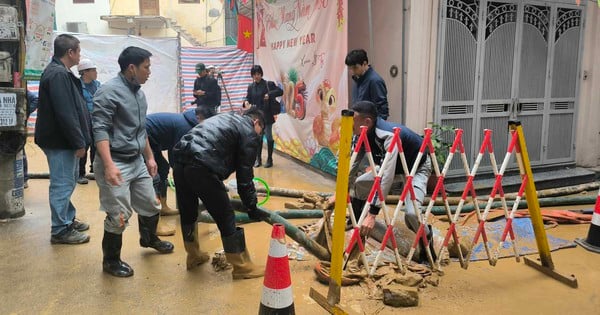
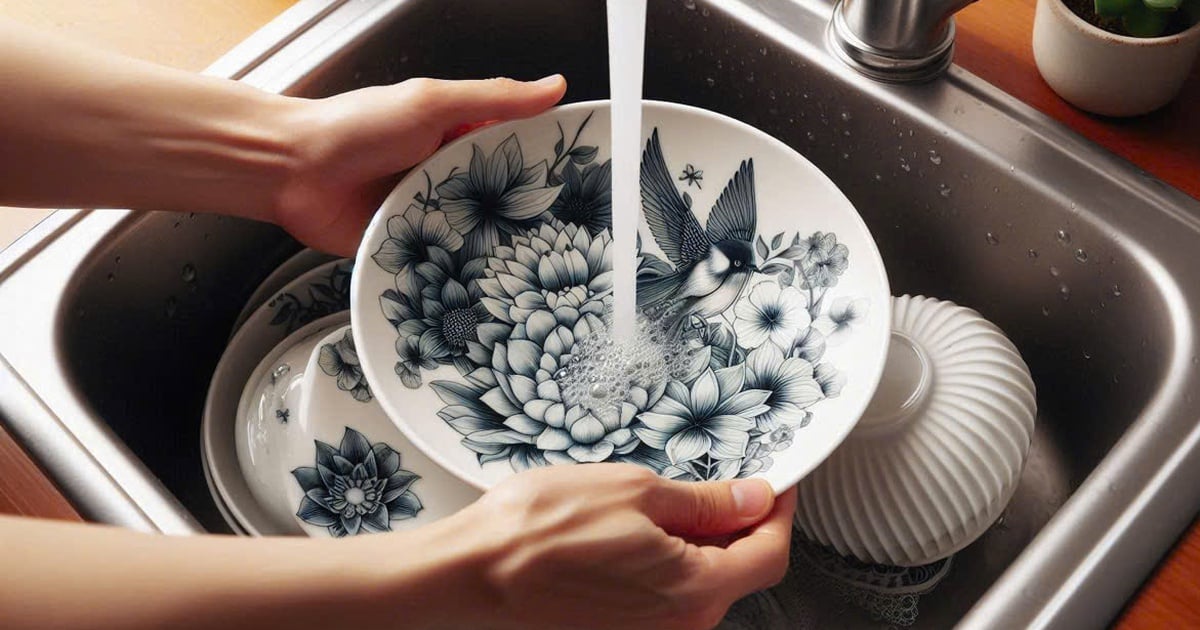


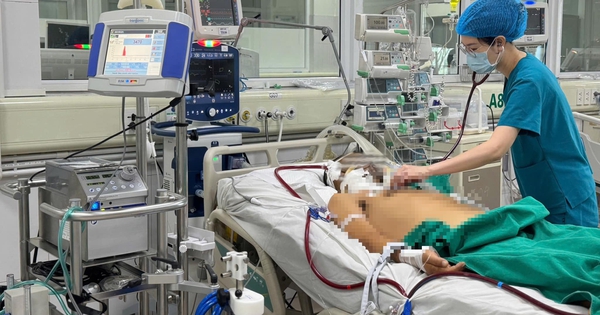





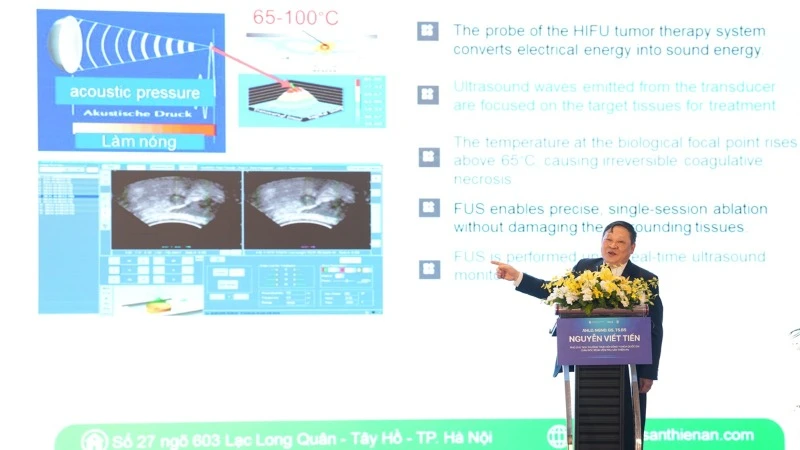
![[Video] First time in Vietnam: Successful implantation of 3rd generation partial artificial heart](https://vstatic.vietnam.vn/vietnam/resource/IMAGE/2025/4/12/8817412224094c68ba2c744b7bd5cfea)









































































Comment (0)